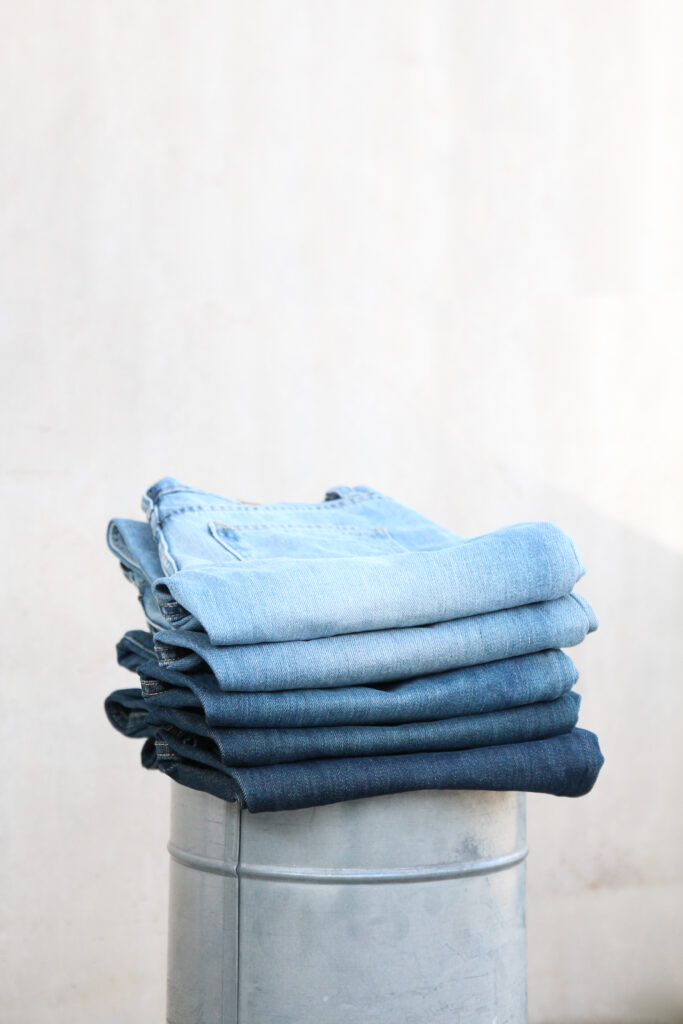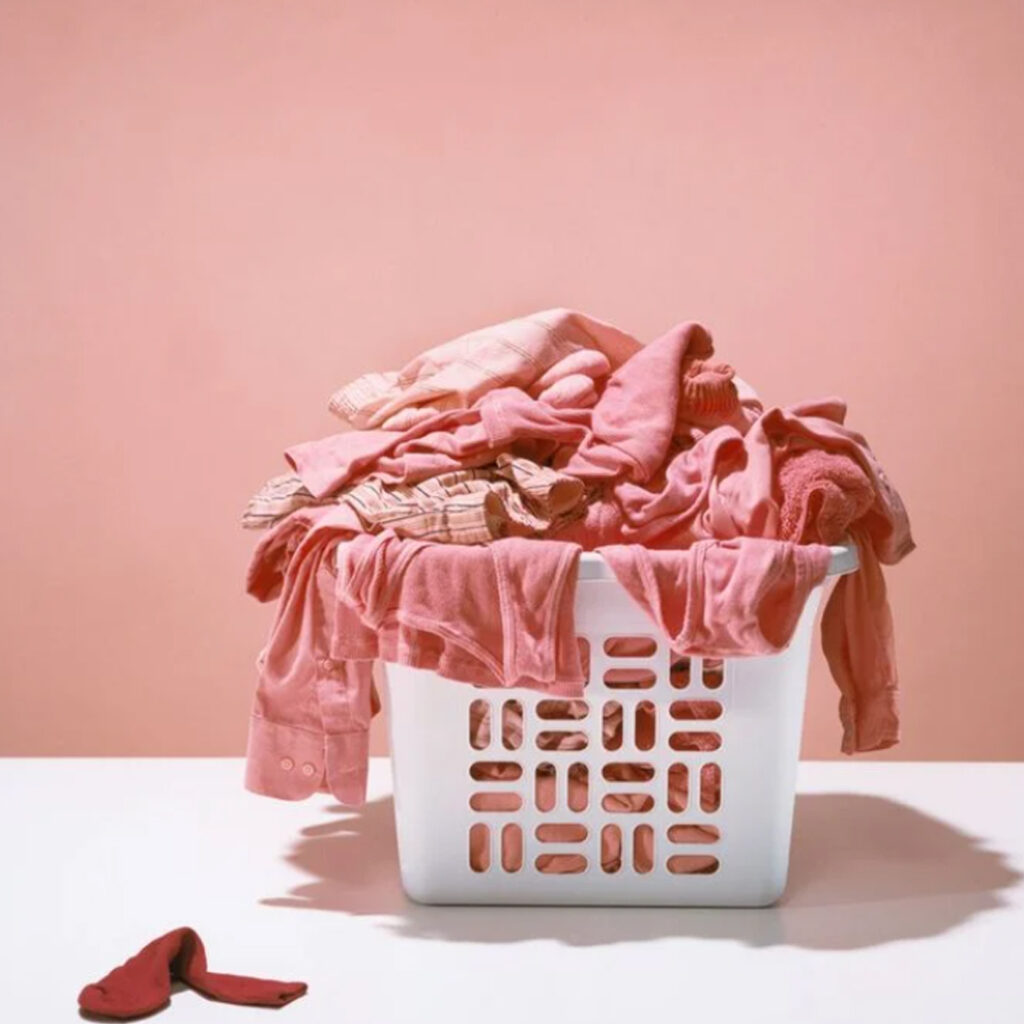Dossier
How a dryer works: from cotton threads to the finished garment
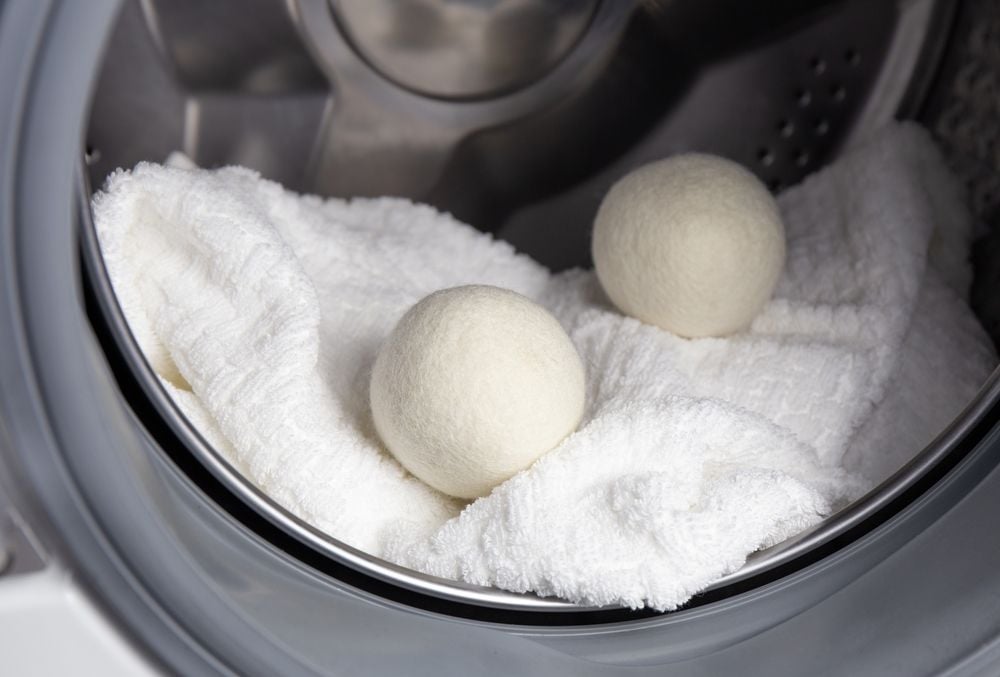
How a dryer works: inside the drum
You really don’t need a manual to understand how a dryer works. Inside, the drum rotates and tosses the clothes around to expose them to the hot air. A heating system – electric resistance or heat pump – brings the air to the set temperature, while a fan forces the air through the fibers: the water evaporates, the laundry becomes less heavy, and the steam is conveyed to the outside of the machine, or condenses in a tank to be emptied. The humidity sensors monitor the load and stop the cycle when the load is completely dry: no extra spins, no wasted energy.
How a dryer works: same principle, different dimensions
Whether at home or during production, the principle remains the same: the drum spins, air flows, moisture disappears. What changes are the scale and speed. At home, we make occasional use of our dryers, working with 7–10 kg per cycle, and with times averaging around 90 minutes. In laundries or finishing departments, we often exceed cycle weights of 30 kg, with the motors running for hours on end, and where there are sensors that multiply the control points in order to ensure perfect dyeing and a uniform finish.
Knowing how both types of dryers work explains why the same shirt can come out soft from an industrial model and slightly stiff from its domestic counterpart: air flow, power, and a constant temperature are what matter.
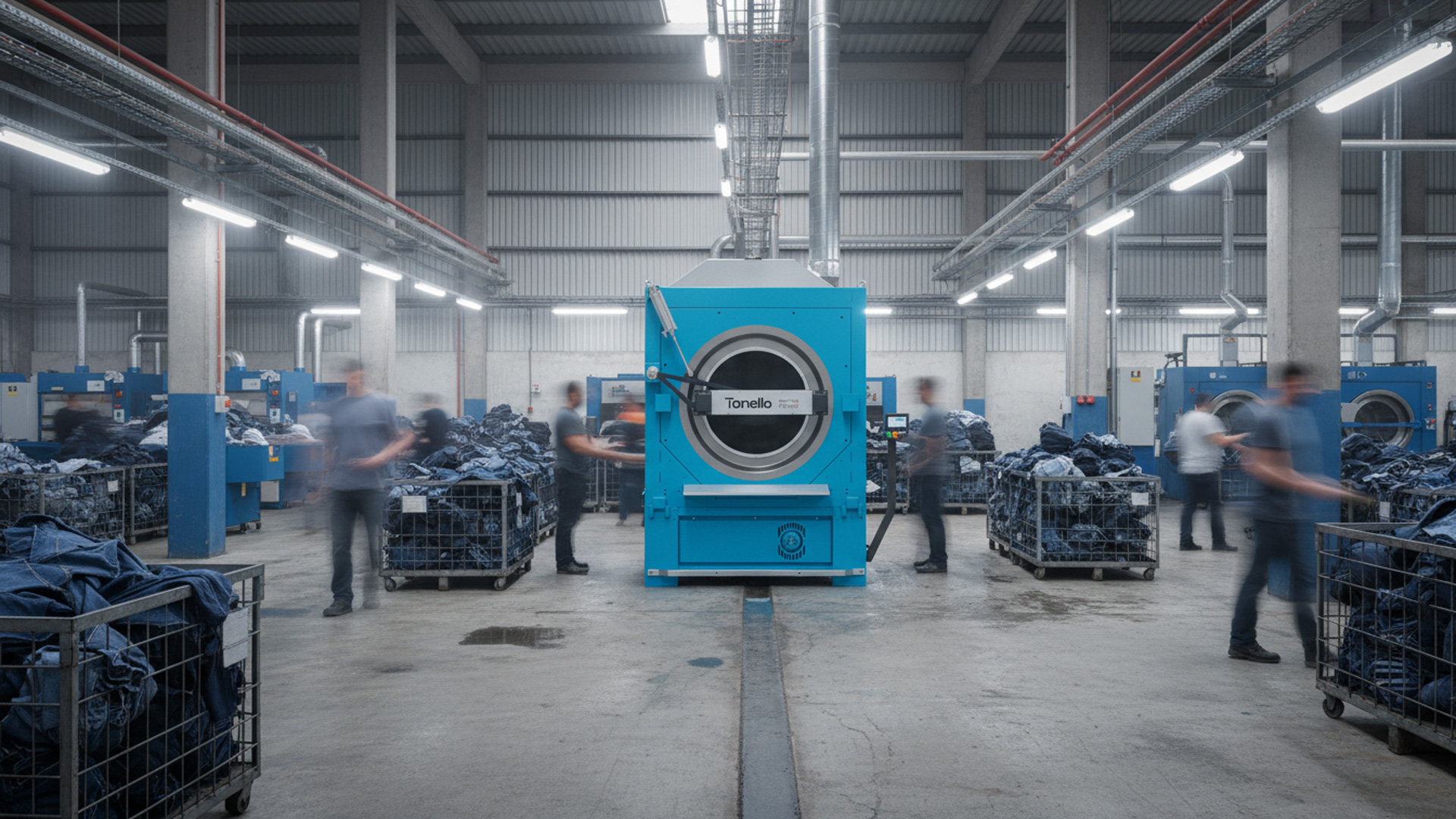

Dry conscientiously
When it comes to sustainability, the question is not only how well it dries, but also what its energy impact is, and how to avoid waste. The heat pump models recover the heat from the steam and reintroduce it into the circuit, cutting consumption by up to forty percent.
Loading the drum correctly -never running it either empty or overloaded- improves air circulation and shortens drying times.
Cleaning the filter after each cycle allows the motor to “breathe” without consuming additional energy.
And then there’s the temperature: the “eco” program runs at a few degrees lower and lasts a little bit longer, but uses quite a bit less electricity. Tonello has designed optimized air flows in its professional dryers, precisely to reduce waste: if you work in finishing, take a look at the Tonello website page: professional dryers by Tonello.

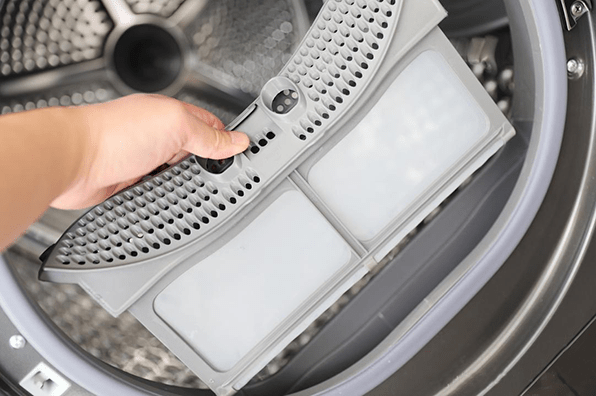
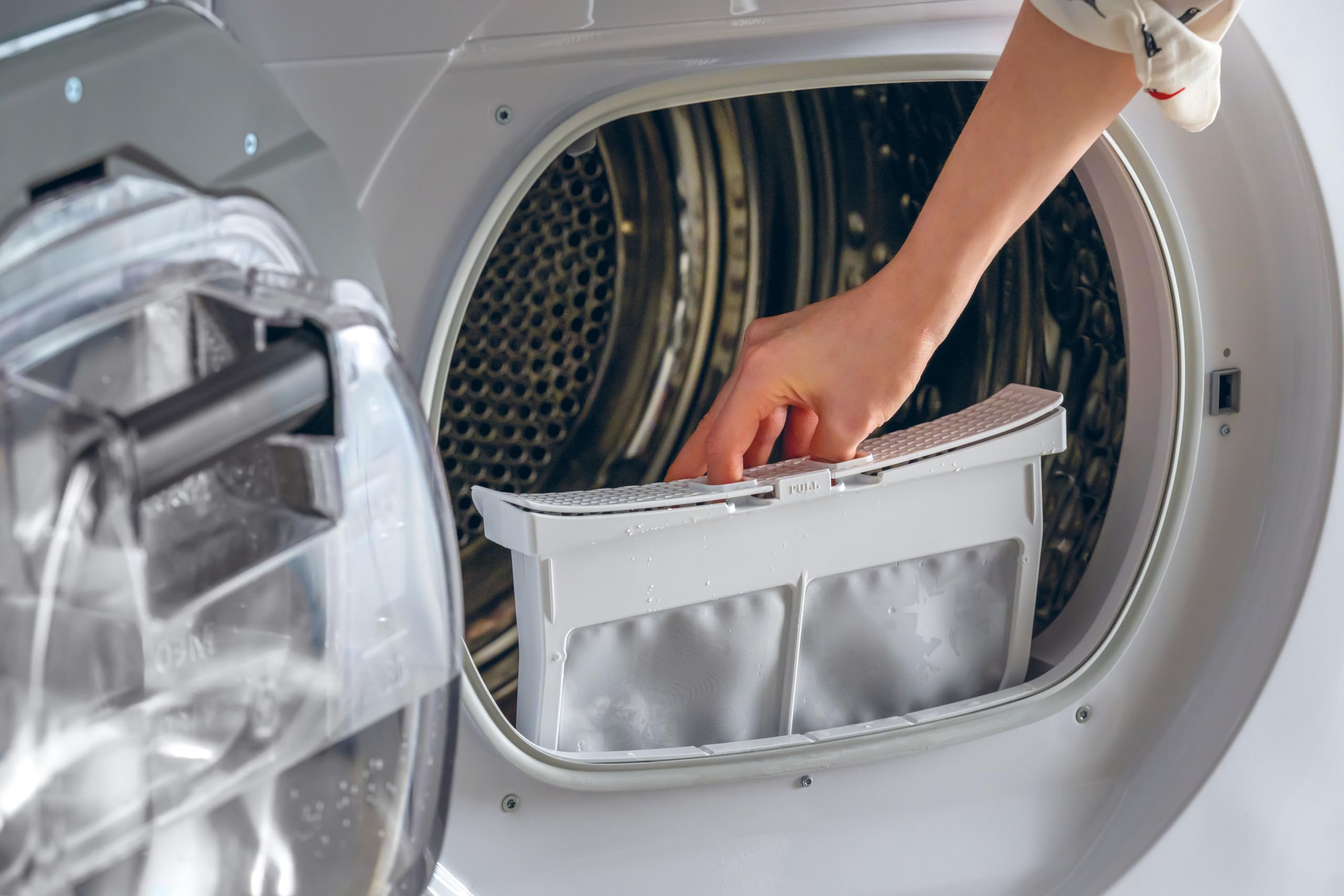
Choose the right model
When you know how a dryer works it’s easier to choose one. Start with deciding how many kilos or pounds of laundry you wash in a week: generally, a family of four will be fine with an 8-9 kg (17-20lb) capacity dryer, while someone who lives alone can get by with a 6 kg (13lb) capacity model.
Check the energy rating label: A++ or higher reduces consumption and, within a few of years, the savings recover the initial expenditure.
If you have a lot of technical or delicate garments, look for special programs that allow you to modulate heat and time.
Do you live in an apartment? Consider the noise level -below 65 dB is acceptable- and measure your laundry area: “slim” models can be a good compromise without sacrificing performance.
Little gestures, big benefits
The longevity of any appliance often depends on daily actions. Empty the lint filter at the end of each cycle: ten seconds, kWh saved. If you have a condensation dryer, empty the water tank when the indicator light comes on; this will prevent overflowing and unpleasant odors. Once a month, rinse the condensation tank under running water to remove fine any dust that may block the airflow.
Finally, leave the door ajar until the drum cools down: the residual moisture will evaporate on its own. The trick is this: the freer the airflow, the less effort the motor has to make.

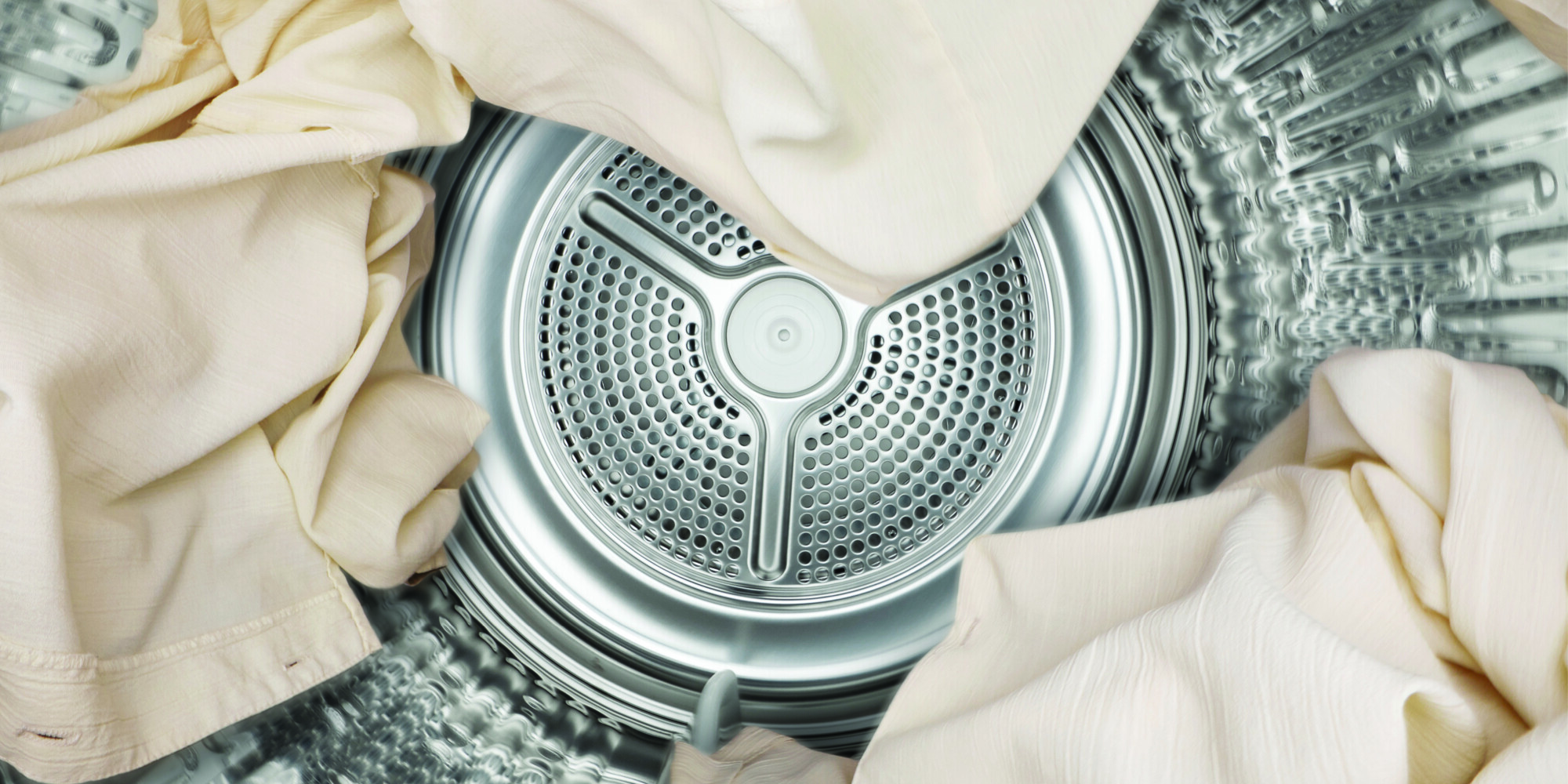

How a dryer works: everyday doubts
Before starting to use your dryer let’s answer the questions we get asked most often: knowing why a problem occurs is the quickest way to avoid it.
Can I dry any type of fabric? It’s best to avoid pure silk and garments with rubber decorations; the heat could ruin them.
How much energy does one cycle consume? With heat pump models, we use between 1 and 2 kWh, much less than an iron left on for an hour.
Why do clothes come out wrinkled? Often the drum was too full or the program chosen was too hot: remembering how the dryer works helps you to better calibrate your selection.
How do I remove the damp smell? Keep the filters and seals clean and let the air circulate after the cycle: the interior will dry naturally.
Is it noisy? Consult the technical data sheet: below 65 dB it is considered quiet, perfect for those who live in apartments.
Understanding how the dryer works means using it intelligently: less waste, clothes that stay soft longer, and consistent results both at home and in production. If you want to discover industrial-scale solutions, visit the section of our Tonello website dedicated to professional dryers by Tonello and learn more about every detail.
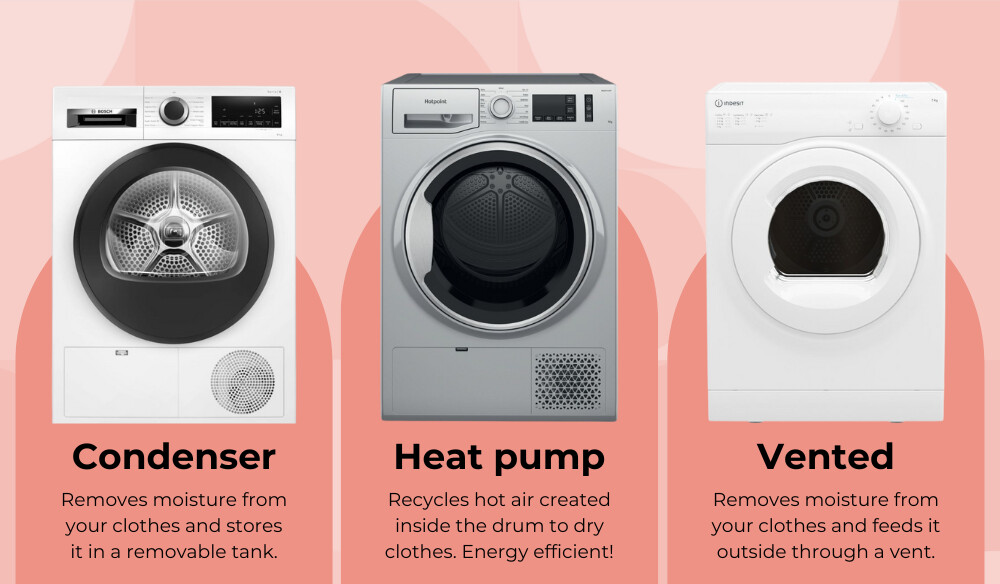

Condividi l’articolo:



